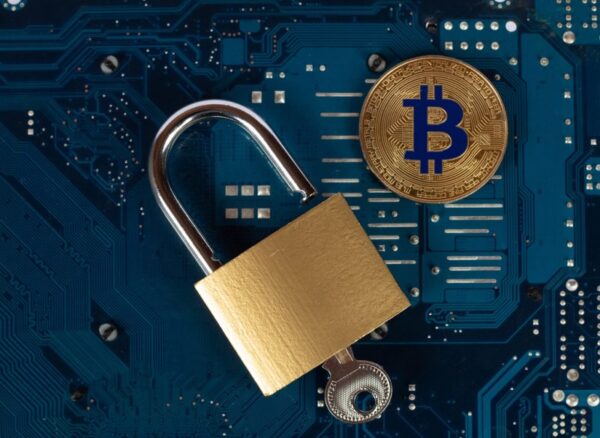Cryptocurrency exchanges are popular because they offer anonymity, speed and minimal to no regulation. However, the low government oversight and sometimes nefarious characters who use cryptocurrency exchanges may put the entire network at risk. Whether you’re an occasional user of an international crypto exchanges or you operate one, here’s what you need to know about protecting the exchange from fraudulent activities.
Know the Risks
The first step in protecting your crypto exchange fraud is knowing the risks. Crypto fraud is the second-leading scam affecting businesses in North America, right after fake job posts. The most common type of crypto fraud is trading the digital coin for goods, services or fiat currency. This accounted or 32% of fraud activities on crypto exchanges. More than 23% of fraud activities were related to selling fake digital assets.
Understand What Appeals to Con Artists
Crypto exchanges have a lot of appealing qualities, and those characteristics not only attract legitimate users, but they also captivate the attention of scammers. These qualities include the digital nature of the exchange, decentralization and lack of governance, irreversible transactions, anonymity or ability to use a pseudonym, complexity and volatility. You can protect your exchange by enacting more oversight, verification procedures and safely onboarding new users.
Increase Security When Accepting Fiat Currency Payments
A common method used in crypto fraud is to purchase stolen credit card information on the dark web, create an account on a crypto exchange and use the stolen data to buy crypto. The crypto assets are then transferred to a different wallet. By this time, the cardholder realizes their information was stolen, they contact their credit card company and report the loss and theft. This starts a chargeback process. Your crypto exchange could switch to only accepting direct bank transfers, but those are slower and could irritate legitimate users. You could also work with a third-party provider of verification services in order to make sure that the credit card being used to buy crypto wasn’t stolen.
Find the Right Balance
There are two places where you can enact more security on your crypto exchange. The first is the onboarding process for a new user. You can make it more difficult and initiate a multi-factor verification and authentication process. A challenging onboarding process is used by the UK exchange called Revolut. This may weed out some of the con artists who want a quick turnaround. However, those who are in it for the long haul might not mind or may have bought enough stolen enough personal information to provide everything that’s needed for the verification process. Your other option is to make onboarding fast, but make it more difficult for a user to withdraw funds from a wallet. That’s what Coinbase does.
Consider Data Enrichment
There’s a third option for protecting your crypto exchange for fraud. This entails a risk assessment for new users. It’s administered by a third-party provider. If a person who applies for an account on your exchange is found to be risky, they’ll have to go through a more stringent verification process. They may also have to wait longer to withdraw funds.

